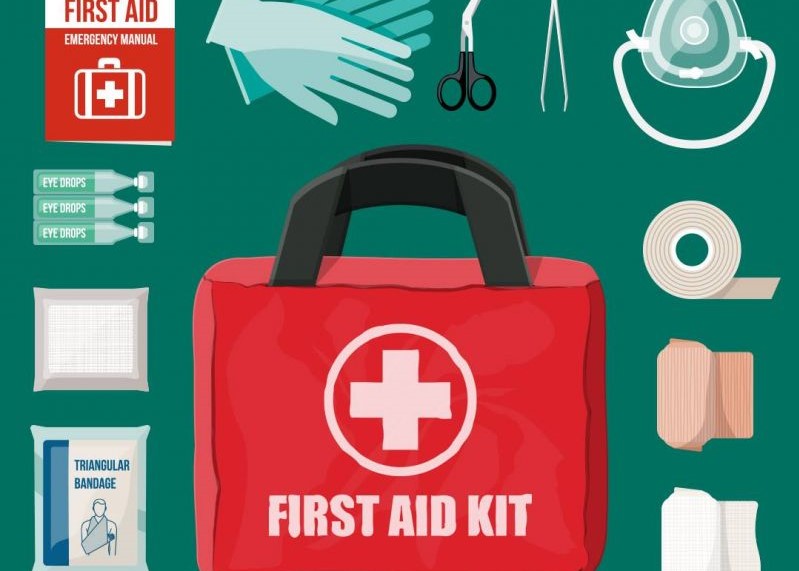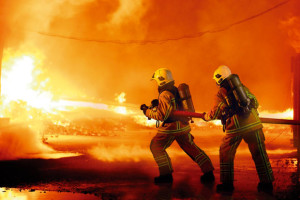BLOG: EMERGENCY TIPS

How To Perform Cardio Pulmonary Resuscitation(CPR) In An Emergency
Ever wondered how the lifesaving procedure we call “CPR” came to be? Cardiopulmonary resuscitation (CPR) may seem like it’s been around for ages, but the technique wasn’t finalised until 1960. Even today, medical experts implement changes to improve CPR’s effectiveness; the most recent change occurred in 2015. CPR techniques throughout

Importance Of Emergency Kits And How To Use Them
When a medical emergency occurs, trained bystanders sometimes hesitate to act. Why? Because they’re in denial, or they’re afraid of doing something wrong. In today’s post, we’ll examine some of the reasons people don’t take action, and why imperfect care is better than no help at all. In an emergency
READ MORE

How To Help Someone Who Has Fainted
Fainting is a brief loss of consciousness. Someone who faints may pass out for several seconds or up to an hour. It is important that you get to the bottom of the reason. Naturally, the person should consult a physician but in an emergency, these are the steps to follow. Keep records so that you can hand them to medical professions when the time arises. Being self-reliant means keeping tabs on everyone!
READ MORE

Fire Emergency Response: What Do You DO When There Is A Fire Outbreak Near You?
WHEN SMOKE OR FIRE breaks out in a hospital, every second counts. For a safe, smooth response, you and your colleagues must be familiar with and follow all aspects of the facility's fire emergency procedure.When smoke or fire is detected, two mnemonics can help you remember the vital steps to follow. Right away, you need to implement the RACE protocol: rescue, alert, confine, and extinguish and evacuate.
READ MORE

First Aid For Choking: A step-by-step guide explaining what to do in a choking emergency.
Choking occurs when a foreign object lodges in the throat or windpipe, blocking the flow of air. In adults, a piece of food often is the culprit. Young children often swallow small objects. Because choking cuts off oxygen to the brain, give first aid as quickly as possible. The universal sign for choking is hands clutched to the throat. If the person doesn't give the signal, look for these indications:
READ MORE

Drowning First Aid: Emergency First Response For Someone Drowning
So, what is drowning? The World Health Organization define drowning as the process of experiencing respiratory impairment from submersion/immersion in liquid. In other words, unless you’re Kevin Costner in Waterworld, we can’t breathe underwater. The process of drowning when you look at it from a pathophysiological perspective is actually quite fascinating. It occurs in the following stages:
READ MORE

Child Safety In The Home – Preventing Aaccidents And First Aid
Accidents, both inside and outside the home, are the main cause of death to children under five. The nought to five age group and the over 65s are the groups most at risk, as they are the ones who are least able to look after themselves. One in three accident patients in hospital is a child. Young children are not aware of danger, and they do unexpected things. They do not know that if they eat certain things they will be poisoned,
READ MORE
1 2 3 4 5